We all want to know how to get your music on Spotify Playlists.
But getting your music on Spotify playlists can seem like a mystery.
In this guide, we’ll walk you through the steps to get your music featured on Spotify playlists, helping you boost your streaming numbers and grow your fanbase.
Why Spotify Playlists Matter
Spotify playlists are a crucial tool for music discovery.
They can significantly influence your streaming numbers and help you reach new audiences.
Whether it’s an editorial playlist curated by Spotify’s team or a user-generated playlist, getting your music featured can lead to increased visibility and credibility.
Step 1: Get Verified on Spotify
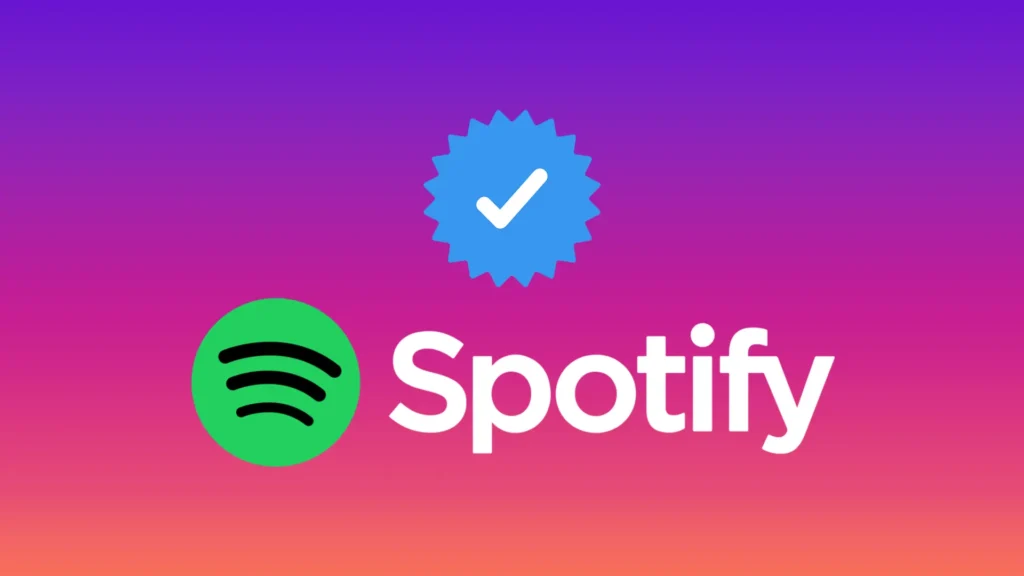
Becoming a verified artist on Spotify is the first step to gaining control over your artist profile and accessing valuable tools.
Verification not only adds a checkmark next to your name, indicating legitimacy, but it also provides:
- Control Over Your Artist Page: Customize your profile with photos, bios, social media links, and tour dates.
- Access to Fan Insights: Gain valuable data about your listeners.
- Ability to Pitch Songs: Submit your music directly to Spotify’s editorial team for playlist consideration.
To get verified, you can use a distributor like DistroKid, CD Baby, or TuneCore, which offer free Spotify for Artists verification.
Step 2: Optimize Your Spotify Profile
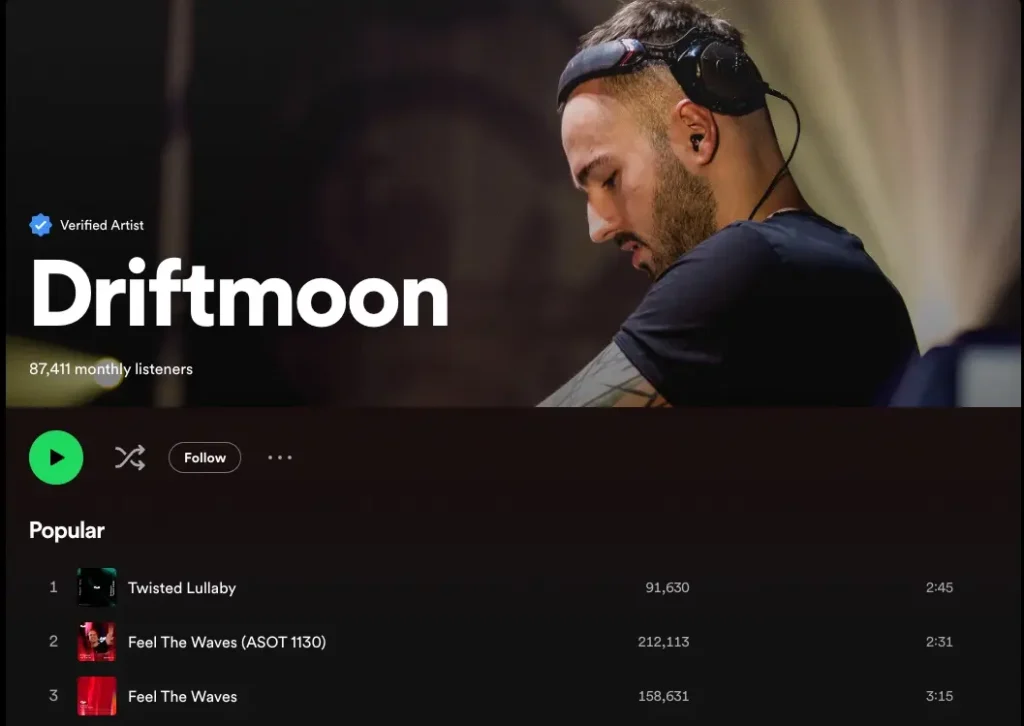
A well-optimized Spotify profile increases your chances of getting noticed by playlist curators.
Make sure to:
- Complete Your Profile: Fill out every section, including photos, bio, social media links, and tour dates.
- Engage with Your Fans: Regularly update your profile and interact with your audience.
- Promote Your Music: Share your Spotify profile on your social media channels and website.
- Include High-Quality Visuals: Use high-quality album covers and artist headshots.
- Write an Engaging Bio: Craft a compelling artist bio that tells your story and connects with your audience.
Step 3: Build Relationships with Playlist Curators
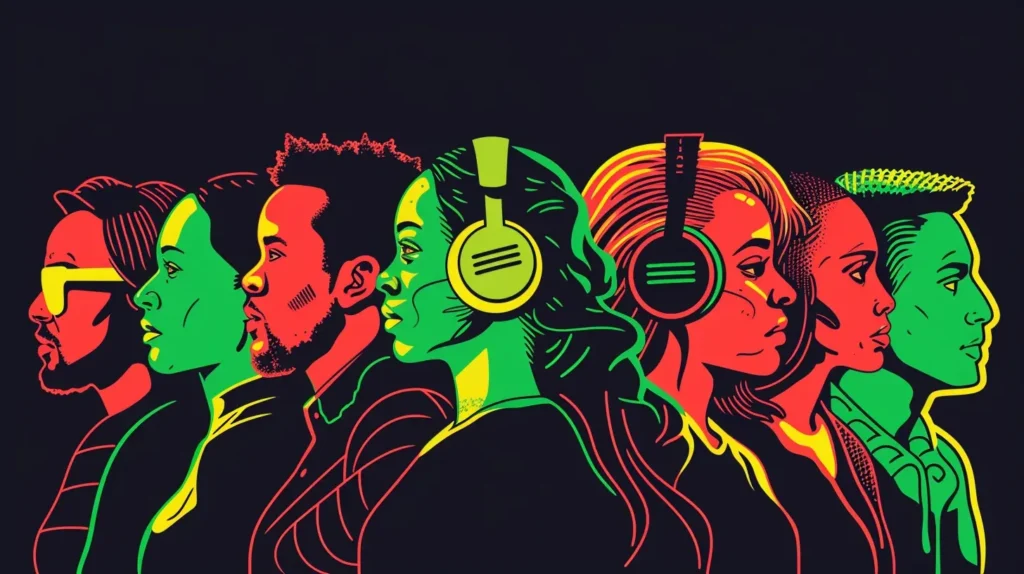
Building relationships with playlist curators can be a powerful way to get your music featured. Here are some tips:
- Research Curators: Find curators who create playlists that match your music style.
- Personalize Your Pitch: When reaching out, be specific about why your song fits their playlist. Mention the mood, vibe, or activity your song is perfect for.
- Be Professional: Keep your message brief and to the point. Show that you’ve taken the time to listen to their playlist.
Step 4: Submit Your Music to Spotify’s Editorial Team
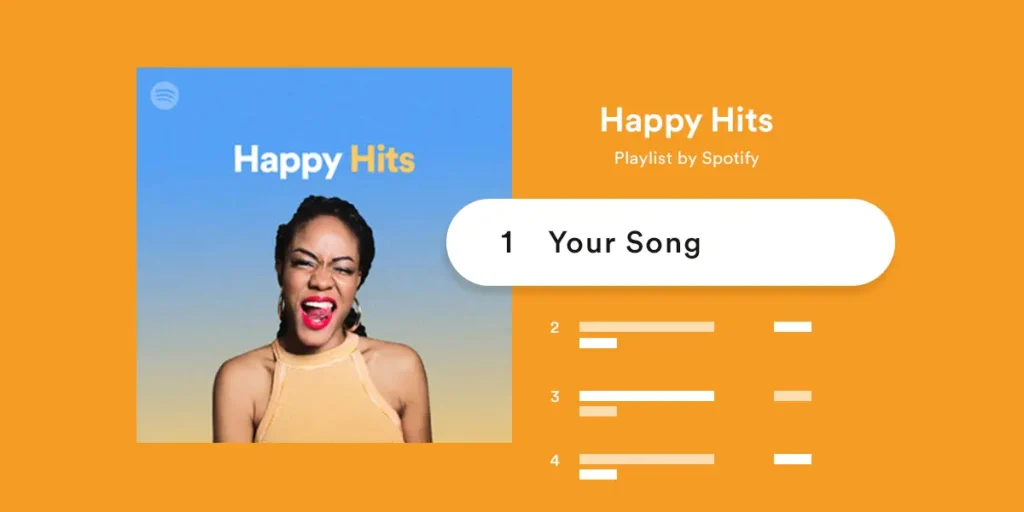
With a verified Spotify for Artists account, you can submit your unreleased music directly to Spotify’s editorial team.
Here’s how:
- Log in to Spotify for Artists: Go to the “Music” tab and select “Upcoming.”
- Submit Your Track: Fill out the submission form with details about your song, including genre, mood, and instruments.
- Be Patient: Spotify receives thousands of submissions, so it may take time to get a response.
Spotify has playlisted a significant percentage of pitches since launching the submission tool in 2018.
While the exact percentage may vary, it highlights the importance of submitting your music for playlist consideration.
Check out this article from spotify for more information on pitching to playlist editors.
Step 5: Promote Your Music on Social Media
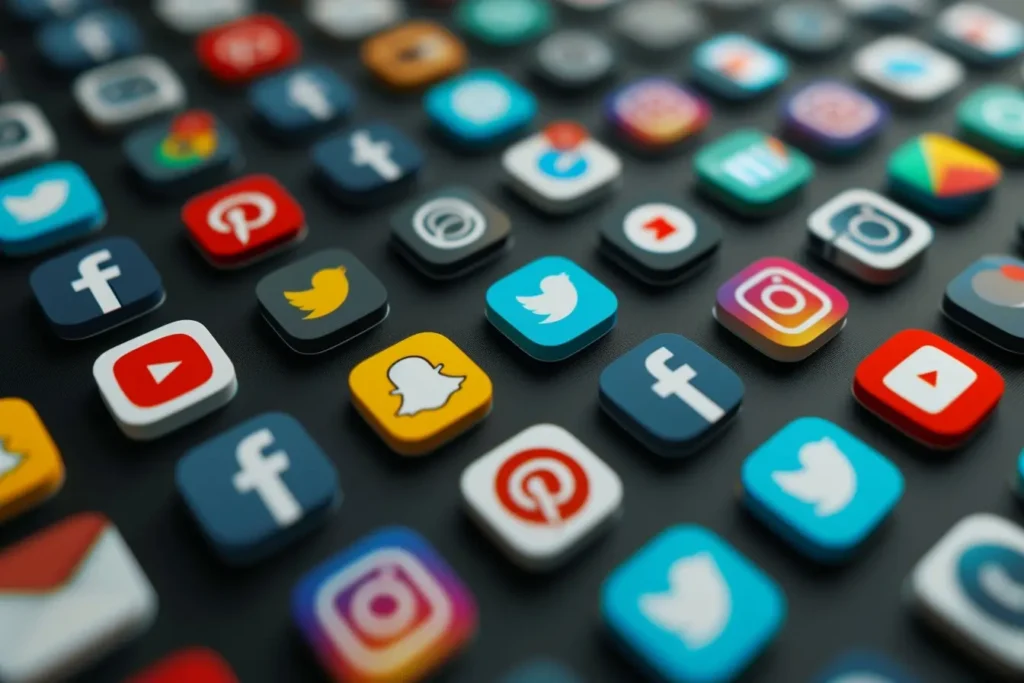
Promoting your music on social media can help increase your chances of getting featured on Spotify playlists. Here are some strategies:
- Share Your Spotify Links: Post links to your Spotify profile and songs on your social media channels.
- Engage with Your Audience: Respond to comments and messages, and encourage your fans to share your music.
- Collaborate with Other Artists: Cross-promote each other’s music to reach new audiences.
Bonus Tip: Create Your Own Playlists
Creating your own public playlists can be a great way to engage with your fans and show support for fellow independent artists.
Here are some tips:
- Curate Playlists Around Themes: Create playlists based on genres, moods, or activities.
- Include Other Artists’ Songs: Feature other artists’ songs along with your own tracks.
- Collaborate with Other Artists: Work with other artists to create collaborative playlists and cross-promote them to each other’s audiences.
- Aim for Balance: Include at least 25 songs but no more than 100 in each playlist.
Final Thoughts
Getting your music on Spotify playlists requires a combination of strategy, persistence, and creativity.
By following these steps, you can increase your chances of getting featured and reaching new audiences.
Remember to stay engaged with your fans, build relationships with curators, and continuously promote your music.

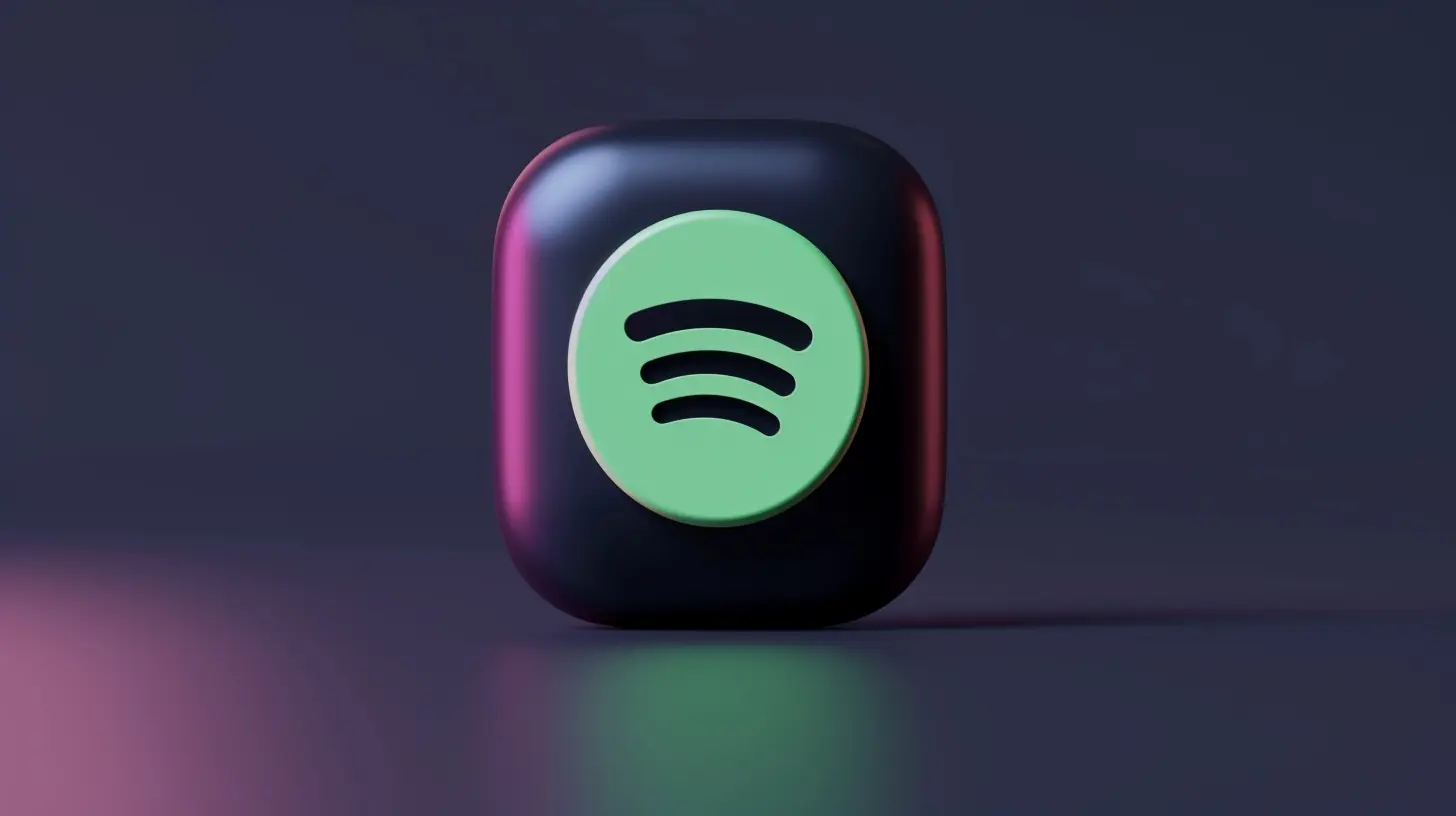

hey, so I got my profile verified but how long does it usually take to hear back from playlist curators? I’ve been sending out my tracks but no luck yet. Any tips, Daniel?
In my experience, it’s all about persistence. Keep trying and also make sure your music stands out. It’s a numbers game but don’t give up!
Also, don’t forget to network! Sometimes it’s about who you know. Keep at it and best of luck!
When you said optimize your Spotify profile, I thought about adding fire emojis to my bio. That counts, right? lol
The part about building relationships with playlist curators is crucial. It’s not just about the music; it’s about creating a narrative that curators can get behind.
Can anyone explain more about how to submit music to Spotify’s editorial team? Is there like, a secret handshake or something, haha? Thanks, Daniel.
No secret handshake, Derek! Just make sure your music is high quality and your submission stands out. Good luck!
I’m not convinced that getting on playlists is the be-all and end-all for upcoming artists. It feels like putting all your eggs in one basket. Diversification is key.
While I see the value in streaming platforms, there’s an undeniable charm to the tangibility of vinyl records. It’s interesting to see how digital success is measured nowadays.
promoting music on social media is a game changer. it’s like you’re directly connecting with your audience without needing a middle man.
Creating your own playlists is a smooth move. It’s like telling the world, ‘hey, this is what I vibe with’.
The advice on building relationships with playlist curators is particularly poignant. Understanding the human element in music distribution is fundamental.
yo, anyone got advice on how to make your own playlists pop? trying to get more eyes on my mixes.